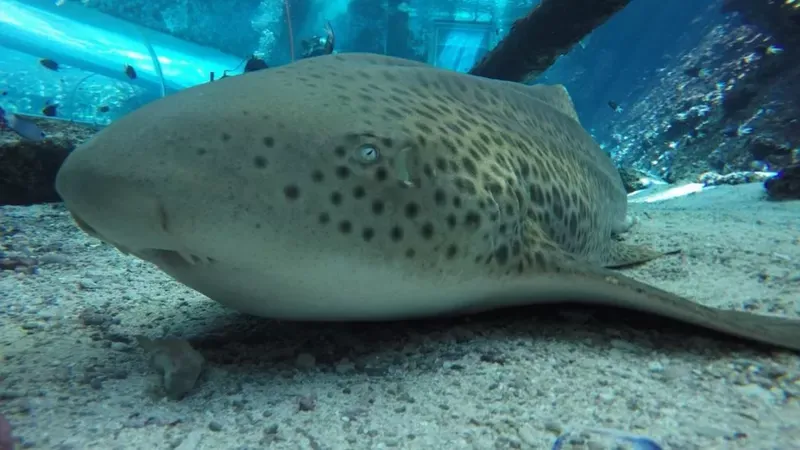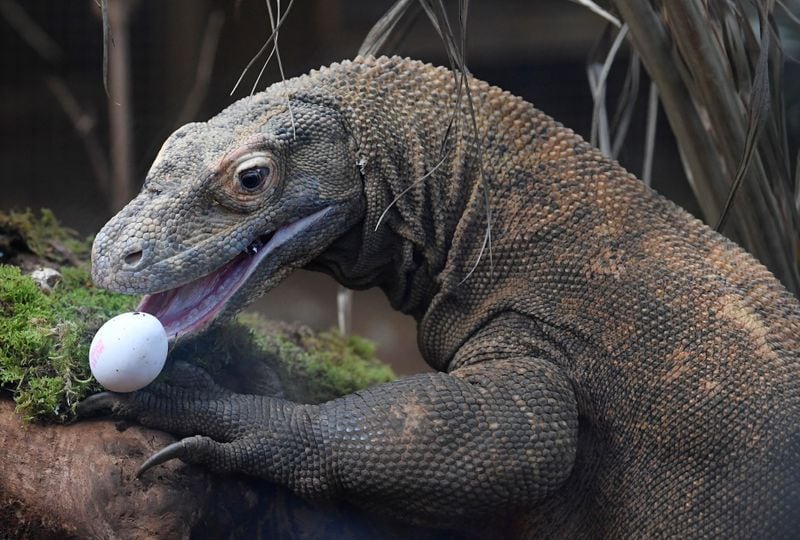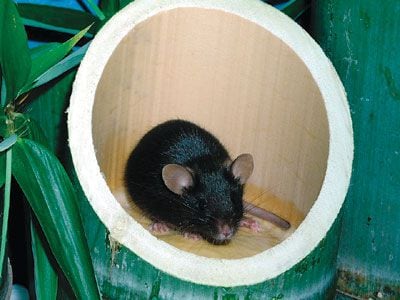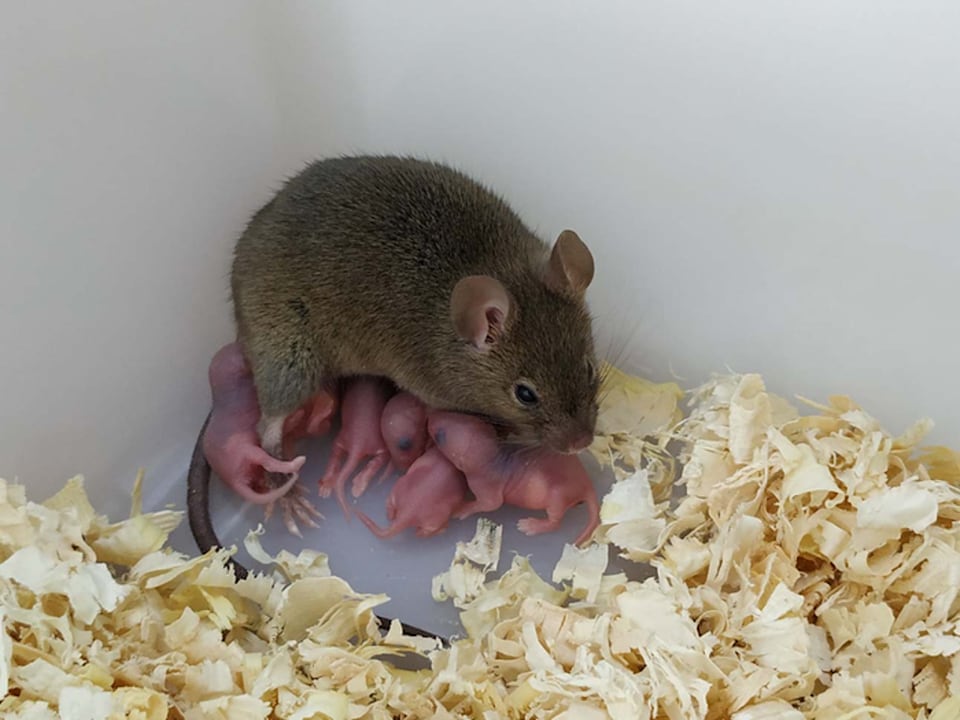
In a recent and historic breakthrough, scientists managed to reproduce rats without the need for male sperm, an important milestone that opens the question about the future of genetics and the reproduction of humanity.
In 1932 the British writer and philosopher Aldous Huxley published his novel “A Happy World” (Brave New World), a dystopian premonition that describes a world in which humans are no longer born, but are created in laboratories with a specific genetic design that predisposes them to complacently accept their belonging to one of the castes in which divides their society, even if it were the lowest and most oppressed.
In that world, the concept of family was nullified and the deity was “Ford” because its model of chain production was the rule by which humans now reproduce.
Although Huxley's vision is a dark and dark vision, which shows us where the world could stop if scientific and technological development forgets ethics; today, almost 100 years after this work was written, we are increasingly discovering more and more things about the evolution and reproduction of species. Which opens doors to questions about the very future of humanity.
The most recent breakthrough came just a few weeks ago when a group of Chinese scientists presented to the world the results of their experiments, which were able to reproduce for the first time in history a mouse asexuously from a single egg, using a genetic manipulation technique.
This milestone opens the door to sexless reproduction in mammals, something that was thought impossible to achieve, and paved the way for possible experiments on humans.

Sexual vs. asexual reproduction
Reproduction as we commonly conceive it, not only in humans but in all species, occurs sexually, that is, from the combination of the genetic material of two individuals, male and female, which produces, through fertilization, a new individual with unique characteristics.
However, in the animal world there are many examples of “virgin” or asexual reproduction, in which only one individual, necessarily female, is involved to procreate another individual whose genetic material is an exact copy of the first.
Several studies carried out over the last decade have shown that these “virgin births” are more common in nature than we previously thought, as they are part of a survival strategy for some species to preserve themselves in situations where males are scarce.

The females of many complex and large animals, such as lizards, sharks or Komodo dragons, are able to reproduce without males, in a process called “parthenogenesis”.
The term comes from Greek and refers to “virgin creation” and is used to refer to the ability of animals or plants to reproduce without genetic material from another individual.
When this happens in nature, it is preceded by extreme circumstances. It has been documented, for example, how a colony of female Komodo dragons became isolated on a deserted island and through parthenogenesis they gave birth to male individuals to start a new colony.
Also cases of female sharks that become pregnant and give birth in aquariums where they are completely removed from males.
But, explains University of Sheffield reproductive biologist Allan Pacey in one of his research, most large animals do not reproduce asexually, even if they could, because this is of no evolutionary interest.
What do you mean by this? Because these virgin births produce individuals with genetic loads equal to that of the mother, causing over time the genetic diversity, and therefore the capacity for evolutionary adaptability of the species, to decrease and jeopardize their own survival.
This is the great advantage of sexual reproduction, which allows to combine the genes of two individuals, and their respective mutations, in order to eventually produce individuals better adapted to the conditions of their environment.
In other words, sex helps us stay alive as a species.

Induced parthenogenesis
Beyond evolutionary explanation, the question remains: is it possible for all species to reproduce asexually, including humans? Very recently we came close to an answer.
As we said earlier, mammals had been excluded from the possibility of asexual reproduction. There is no case in nature of a species of mammal that reproduces asexuously, even in extreme situations such as those cited for sharks and lizards.
However, there is a precedent for sexless reproduction by means of laboratory-induced parthenogenesis, that of the rat “Kaguya” that was released by Japanese scientists at the Tokyo Agricultural University in April 2004.
Kaguya, named after a Japanese folk tale in which a princess daughter of the moon is found as a baby inside a bamboo stem, was a rat created in a laboratory from two eggs, that is, she had two mothers.
In his case, parthenogenesis started from a process called “haploidization” in which one of the two sets of chromosomes is removed from some cells, leaving them with only one. Since two eggs were used here, the challenge was to genetically modify one of them to resemble a sperm, specifically to emulate the Igf2 gene, which is normally only expressed by the paternal copy of the gene.
“The goal of our study was to discover why sperm and eggs are required for the development of young mammals,” Tomohiro Kono, leader of the experiment, said at the time.

Although Kaguya was a great advance, the genetic material of two individuals was still required for its creation, something different from the cases of asexual reproduction that occur in nature with non-mammal species.
This changed just a few weeks ago thanks to an article published in the PNAS magazine and signed by Chinese scientists Yanchang Wei, Cai-Rong Tang and Zhen-Ao Zhao.
They describe a genetic technique similar to CRIPR-Cas9, which is popularly known as “cutting and gluing DNA”, to make a mouse have young alone, starting from an unfertilized egg.
“In mammals, parthenogenesis is limited due to the problems that arise from genomic imprinting,” the researchers explain in their article, where they point out that the process this process can be achieved “by specific epigenetic rewriting of multiple critical regions of imprinting control.”
Scientists used CRIPR-Cas9 to artificially edit certain female genes until they were as if they came from a male specimen. Specifically, they changed the egg from being a single cell to a blastocyst of 140 cells, then they took 192 embryos formed with this same process and implanted them in several mice.
Only one of these managed to pass the embryonic and fetal stage, giving birth to three mice, although two died during childbirth. Finally, one of the young was alive, it was a female that weighed less than normal, but who grew healthy and when she reached adulthood she was able to reproduce naturally.

The researchers conclude that parthenogenesis in mammals is feasible, although they recognize that much more work is required before it can be used in real-world applications. They say that the process could be used for developments in agriculture and the production of medicines.
Human parthenogenesis?
Although the discovery of Chinese scientists opened the door for asexual reproduction in mammals, the simple answer to whether this is possible in humans is still a no.
Although theoretically one could alter the egg of a human woman in the laboratory to undergo a process similar to that of the mouse and achieve a pregnancy from a single individual, we do not know for sure if that would be possible, and carrying out such tests entail quite complex ethical dilemmas.
Another more interesting question would be whether this is convenient: to produce human beings from asexual reproduction, a bit like in Huxley's dystopia.
Again, the answer would be no, but not so much because of an ethical or moral dilemma, but because of a survival dilemma.
We already know that the less genetic diversity the more vulnerable a species is and throughout history we can find examples that demonstrate why it is not appropriate for us to reach the point of reproducing ourselves by producing homogeneous genes. Like the history of diseases and malformations among European royal families, most of them related.
Ultimately, there is a long scientific and ethical path to materialize the possibility of asexual reproduction in humans, but as in so many other unthinkable advances in science, we have already taken the first step.
KEEP READING
Últimas Noticias
Debanhi Escobar: they secured the motel where she was found lifeless in a cistern
Members of the Specialized Prosecutor's Office in Nuevo León secured the Nueva Castilla Motel as part of the investigations into the case

The oldest person in the world died at the age of 119
Kane Tanaka lived in Japan. She was born six months earlier than George Orwell, the same year that the Wright brothers first flew, and Marie Curie became the first woman to win a Nobel Prize

Macabre find in CDMX: they left a body bagged and tied in a taxi
The body was left in the back seats of the car. It was covered with black bags and tied with industrial tape
The eagles of America will face Manchester City in a duel of legends. Here are the details
The top Mexican football champion will play a match with Pep Guardiola's squad in the Lone Star Cup

Why is it good to bring dogs out to know the world when they are puppies
A so-called protection against the spread of diseases threatens the integral development of dogs




